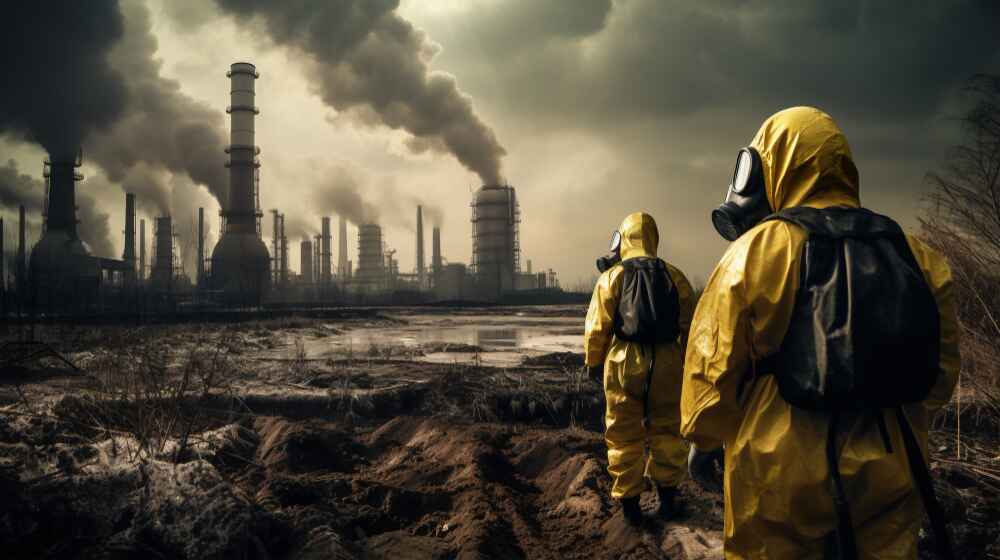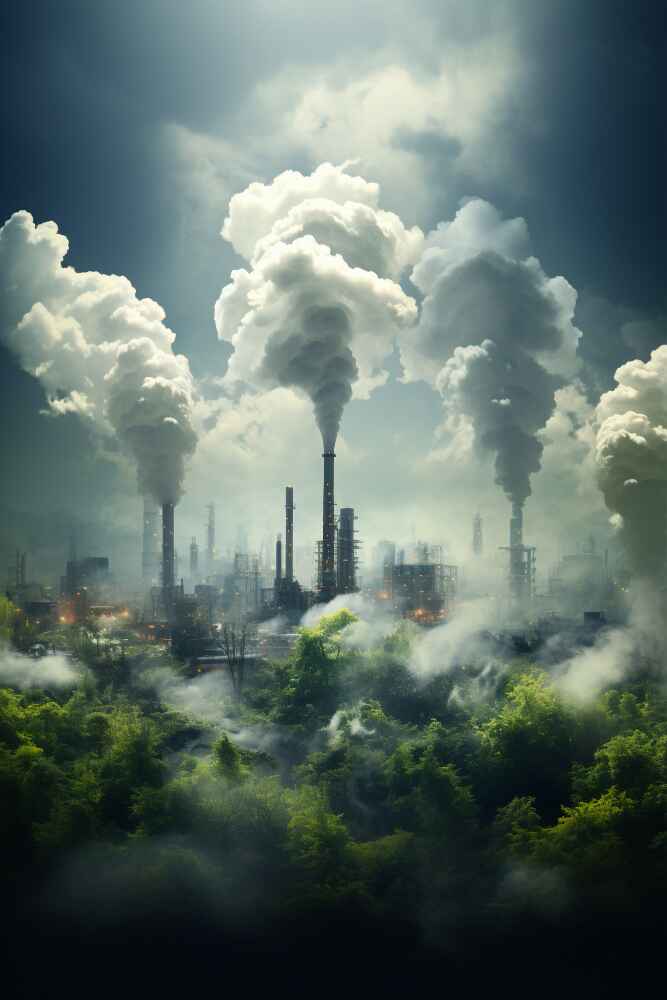Home» Environment Management Analysis» Fugitive Emissions
Fugitive Emissions
We are all well aware of the pollution situation in the world and the causes and effects of pollution on our health and environment. But are we aware of the types of pollutants that escape detection and have a significant impact on major environmental problems such as climate change and global warming? Yes, there are such pollutants, and those that escape undetected are called fugitive emissions or fugitive gases.


Gas or vapor emissions from pressure equipment resulting from leaks and other inadvertent or irregular gas emissions, mostly from industrial activities, are known as fugitive emissions.
The term diffuse is used because emissions are not accounted for during system design, are recorded by emission control devices/systems, and are not detected during the normal equipment monitoring process.Simply put, Fugitive means one who escapes unnoticed.The words scatter and pour can be used interchangeably, but not always. A fugitive emission is a type of spill that is not detected by the normal monitoring process.All fugitive emissions are leaks, but not all leaks are fugitive emissions.
VOCs, like fugitive emissions, can leak from company equipment and pose a serious threat to the lives of your employees and your company’s revenue. It can also cause an explosion in a nearby area. This is a critical task and must be performed by experts to detect leaks from individual equipment such as compressors, valves and fittings.Our team of experts can then identify and replace or repair such parts. After the recommendations are implemented, readings are taken again and compared with previous lessons to calculate the impact of the fugitive emissions study.
Fugitive emissions consist of the accidental release of vapors or harmful/harmless gases from industrial equipment or accidents. It can also occur due to evaporation caused by incorrect temperature setting of the dish. Generally, fugitive emissions consist of dust, fines and open pits.
Fugitive emissions consist of the accidental release of vapors or harmful/harmless gases from industrial equipment or accidents. It can also occur due to evaporation caused by incorrect temperature setting of the dish. Generally, fugitive emissions consist of dust, fines and open pits.
Fugitive emissions can be a real threat to human health, safety and the environment. Fugitive emissions can have the following consequences if they are not controlled and regulated.
| Solid fuels | Storage of coal in coal piles | Particulate matter (PM) |
|---|---|---|
| Refineries | Refining | Non – methane Volatile Organic Compounds (NMVOCs), Methane (CH4), Sulphur dioxide (SO2) |
| Oil | Extraction of oil & gas, loading of ships offshore and onshore, storage of oil, loading of tanker trucks, refueling of cars at service station | Non – methane Volatile Organic Compounds (NMVOCs), Methane (CH4), Carbon dioxide (CO2) |
| Natural gas | Transmission, storage, treatment & distribution of natural gas | Non – methane Volatile Organic Compounds (NMVOCs), Methane (CH4), Carbon dioxide (CO2) |
| Venting & Flaring | Flaring in extraction industry, flaring in gas storage & treatment plants in the refineries, venting of gas in gas storage plants | Non – methane Volatile Organic Compounds (NMVOCs), Methane (CH4), Carbon dioxide (CO2), Sulphur dioxide (SO2), Particulate matter (PM), Nitrogen oxides (NOX), Carbon Monoxide (CO), Dioxin, Nitrous Oxides (N2O), Polycyclic aromatic hydrocarbons (PAHs) |
